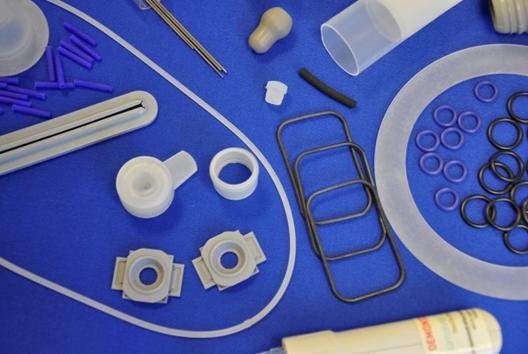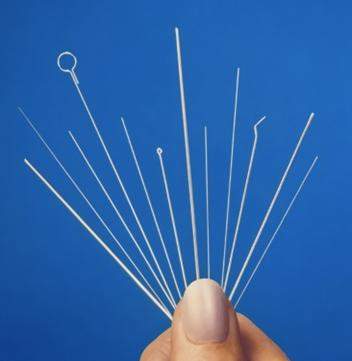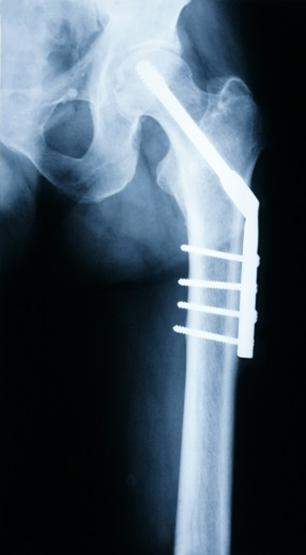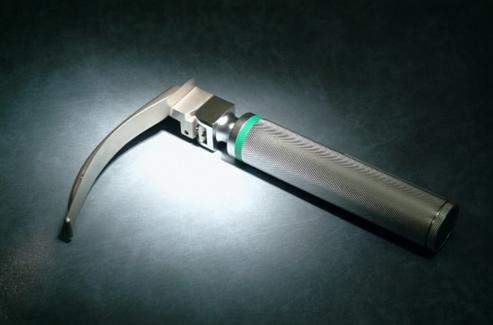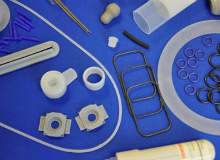
Curtiss Wright Surface Technologies (CWST) applies surface treatments to manufacturing plants to protect and lubricate critical components and improve performance.
The application of surface treatments as part of the manufacturing process is successfully used and widely recognised in major industries such to improve the performance and life of critical components, and reduce downtime, maintenance costs and resources.
These surface treatments are just as relevant for the medical industry where protection, lubrication and device failure are key issues faced by the industry on a day-to-day basis.
Barrier and lubrication solutions for medical devices
We have more than 50 years’ experience in developing the application of surface treatments to meet the needs of our customers, including specialist barrier, lubricity, release, anti-corrosion and Parylene conformal coatings, in addition to controlled shot peening that is used to convert residual stresses into beneficial compressive stresses preventing the premature failure of metallic components.
Our approvals include ISO 9001:2008, ISO 13485 and AS9100. CW Parylene is tested to ISO10993 and USP Class V1. We hold an MAF with the FDA.
Device protection and lubricity for metals, elastomers, electronics and plastics
Parylene is a unique bio compatible coating that encapsulates the component to protect against chemicals, moisture and body fluids. It is applied by a vapour deposition process at room temperature, the coating then builds up evenly to produce an ultra thin highly controllable and conformal polymer coating that can be as thin as 0.05µm and pinhole free at 0.6µm.
Typical medical devices that benefit from the application of Parylene include:
- Long and short-term implantables: providing bio compatible and bio stable protection, protecting the body from the device and the device from the body
- Delivery systems: such as catheter and guidewires providing dry film lubricity
- Manufacturing aid: forming, tipping and welding mandrels used in the production of balloon and catheters where Parylene’s low coefficient of friction and as a soft polymer assists in the reusability of devices
- Electronic devices that require electrical insulation and also protection from moisture, body fluids and gases
- Plastic components and subassemblies that need protection and lubrication to aid the production process and usability of the final assembly
Controlled shot peening: preventing premature failures of devices implanted in the body
Metallic devices are subject to flexing and movement once implanted in the body, which can over time result in the failure of the device through development of stress corrosion cracking and fatigue. The application of controlled shot peening converts residual stresses into beneficial compressive stresses by yielding the surface locally in tension inhibiting the initiation of cracks into the surface, dramatically improving the lifetime of a device.
Shot peening process solutions for a hard wearing and non-slip practical finish
Our Peentex finish is created by the application of the controlled shot peening process to metallic, glass and acrylic surfaces. It results in an aesthetical, hard-wearing and non-slip practical decorative finish and can be used for devices, tooling and equipment such as surgical tooling, orthopaedic and dental implants. In addition, it provides protection for external and internal architectural fittings such as internal and external railings, lifts, wall cladding, signage and nameplates and is widely used in the architectural industry.
Glenn Curtiss and the Wright Brothers History
Curtiss-Wright Surface Technologies is a division of The Curtiss-Wright Corporation (NYSE:CW), a global innovative company that delivers highly engineered, critical function products and services to the commercial, industrial, defence, and energy markets. Building on the heritage of Glenn Curtiss and the Wright brothers, Curtiss-Wright has a long tradition of providing reliable solutions through trusted customer relationships. The company employs approximately 10,000 people worldwide.


